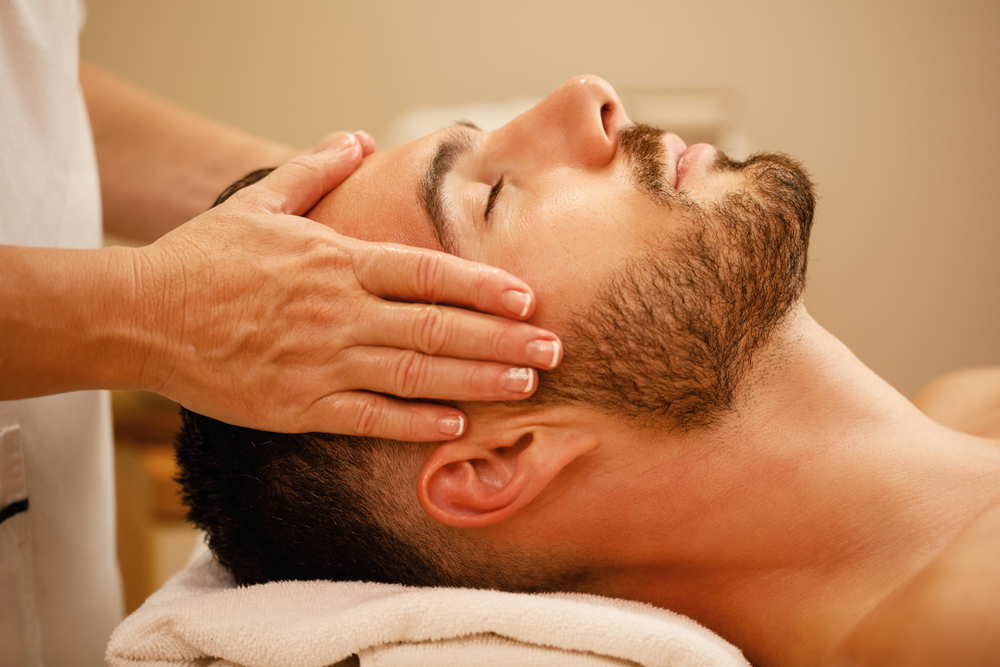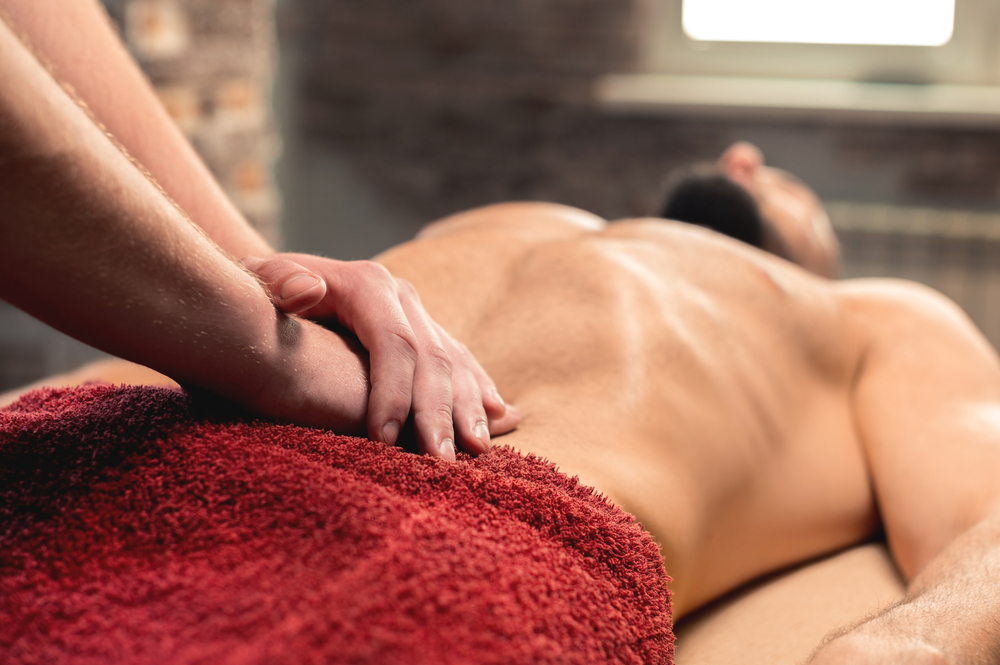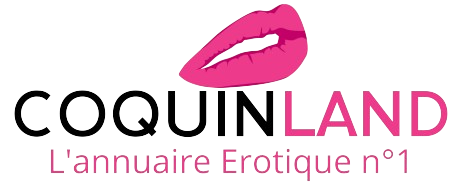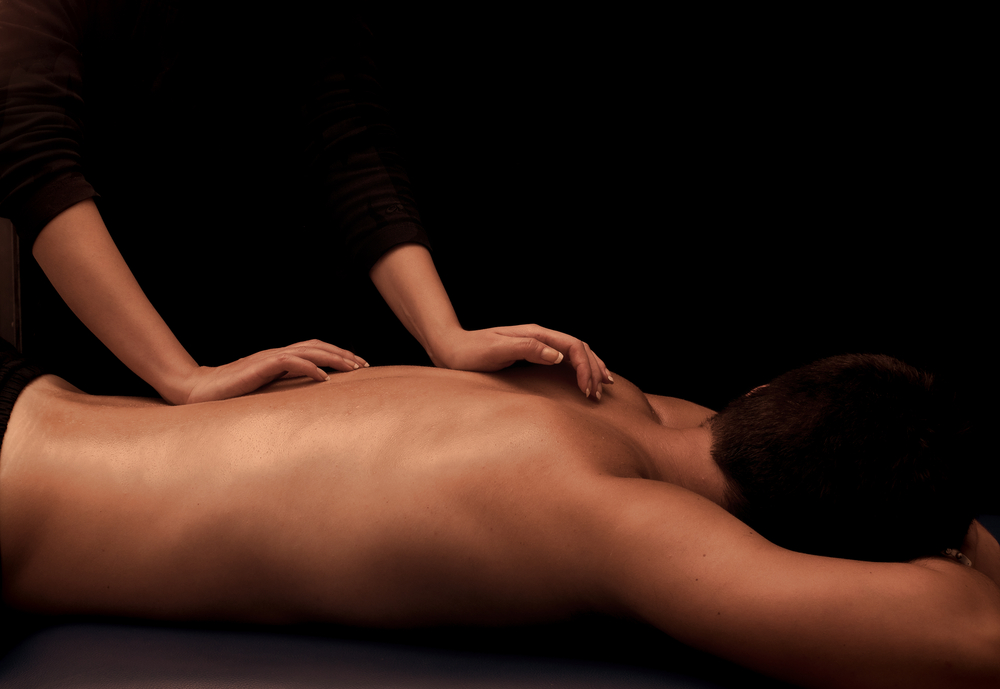In today’s stress-filled society, it’s crucial to take care of both body and mind. One of the most effective ways of achieving a state of deep relaxation is undoubtedly a full-body massage. Unlike massages that focus solely on one part of the body, this one acts on every muscular zone to deliver a feeling of total relaxation. Let’s take a look at the different techniques involved in this type of massage, and its many benefits for both physical and mental health.
What is a full-body massage?
Full-body massage, also known as integral massage or full-body massage, is a manual technique designed to relax the whole body. From head to toe, every part of the body is taken into account to eliminate muscular tension and generate an unparalleled sense of well-being. The movements applied during this type of massage vary according to the discipline chosen: effleurage, petrissage, friction, vibration, etc. Each technique has its own specific virtues and acts differently on body and mind.
Different full-body massage techniques
There are many disciplines that offer full-body massage. Here are just a few examples of the different experiences available:
- Swedish massage: this European technique is highly appreciated for its effects on blood circulation and muscle relaxation. Its approach is based on gliding movements, pressure and deep manipulation.
- Californian massage: of American origin, this type of massage is based on fluid, enveloping gestures designed to deeply relax the body. This gentle massage helps release mental and emotional tension.
- Balinese massage: this traditional Indonesian technique combines different types of massage to work on both the physical and mental levels. The movements are varied and include pressure, energy points and stretching.
- Thai massage: This age-old practice combines stretching gestures and deep pressure to restore the body’s energetic balance. The therapist manipulates muscular tissues, using elbows, knees and feet to accentuate the strength and amplitude of the body’s work.
- Shiatsu: Originating in Japan, this technique aims to restore the body’s internal balance by working on energy points, or meridians, through a series of pressures and stretches performed with the practitioner’s fingers, palms and elbows.
The importance of the face
The face, often forgotten in traditional massages, benefits greatly from special attention during a full-body massage. Gentle, targeted techniques on the face can not only stimulate blood circulation, promoting brighter, healthier skin, but also help release tension in often-neglected areas such as the jawline, forehead and eye contour. By integrating facial treatments with oils suited to the delicate skin of this region, massage becomes a holistic experience that encompasses not only the well-being of the body but also that of the mind, thanks to the deep relaxation provided by facial treatment.

Full-body massages from Asia
Asia also boasts specific massage methods with a more holistic, energy-focused approach. Among the best-known techniques are :
- Shiatsu massage: originating in Japan, this discipline is based on finger pressure on precise points on the body to balance energies and restore harmony between body and mind.
- Thai massage: akin to yoga, this age-old technique combines manual manipulation, stretching and compression to work on the whole body. By stimulating the energy meridians, it promotes overall well-being.
These different approaches offer a wide choice of sensations and benefits to suit individual needs and preferences.
Benefits for the body
Full-body massage, regardless of technique, has many physical benefits:
- Muscular relaxation: muscle manipulation helps release stress and relax knots that can cause pain and discomfort in everyday life.
- Improved blood circulation: the movements performed during massage promote blood circulation, helping to oxygenate tissues and eliminate toxins.
- Increased joint suppleness: thanks to the various gestures applied, joints are stimulated and regain their mobility and flexibility. This can be particularly beneficial for people suffering from osteoarthritis or chronic joint pain.
The role of massage in digestion
In addition to its direct effects on muscles and joints, full body massage also acts on the digestive system by stimulating intestinal peristalsis. This helps regulate intestinal transit, relieving bloating and other minor digestive disorders.

Mental and emotional benefits
Beyond its physical virtues, this massage has positive effects on the mind and emotions:
- Reduced stress and anxiety: by creating a sensation of deep relaxation, full body massage encourages the production of endorphins, the “feel-good” hormones. They help reduce stress and anxiety levels.
- Improved quality of sleep: thanks to its ability to relax both body and mind, full body massage also helps you achieve a more restful, peaceful sleep.
- Emotional balance: Oriental techniques in particular, which focus on vital energy, help to restore emotional balance and release psychic tensions, restoring inner harmony.
- Pain relief: the techniques employed help to loosen and stretch contracted muscles, thus reducing pain. For those suffering from chronic aches and pains, this approach can offer effective, lasting relief.
- Improved circulation: Massage’s manipulation of muscle tissue stimulates and activates blood and lymph circulation, promoting toxin elimination and cell renewal.
In addition to the physical and mental benefits, this massage offers the opportunity to reconnect with your body in a safe, welcoming space. Spas, with their enveloping atmosphere and professional masseurs, provide the ideal setting for this form of body therapy. The masseur ‘s conscious, expert touch not only helps to relax muscles and release contractions, but also acts on the nervous system, inducing a state of deep calm. This moment of pause is essential in our fast-paced daily lives, offering an escape where time seems to stand still, allowing body and mind to regenerate.
How to choose the right type of massage for you?
To reap the full benefits of a massage, it’s essential to choose a technique that meets your specific needs. Here are a few tips to help you make the right choice:
Identify your goals
Determine why you want to receive this massage. Is it primarily to de-stress and relax, or do you have specific muscular pains to treat? Answering this question will enable you to better target which technique will be most suitable.
Find out more about the different techniques
Don’t hesitate to carry out further research on each of the massage methods outlined in this article, to better understand their specificities. You can also talk to professional practitioners to get their recommendations.
Trust your instincts
When you decide to book an appointment, choose a professional with experience who will put you at ease. Don’t hesitate to express your expectations and preferences, as this will greatly contribute to your satisfaction.
Calling in a professional or doing it yourself?
Going to a specialized massage salon is undoubtedly the best way to enjoy the full benefits of a perfectly executed massage. However, it’s also possible to learn the basic techniques and gestures so you can enjoy a complete massage at home, alone or as a couple.

The essential steps
To get the most out of a full body massage, it’s important to follow a few basic rules:
- Plan your session: Make sure you leave enough time for your massage, as well as for a moment’s rest afterwards. This will enable you to prolong the benefits, and avoid being stressed by the passage of time.
- Eat lightly: Avoid eating a heavy or heavy meal just before your massage, as this may cause discomfort during the session. Instead, opt for a light, nutritious snack about two hours before your appointment.
- Wear comfortable clothes: Choose loose-fitting, easy-to-remove clothing to facilitate body manipulation during the massage. It’s also advisable not to wear jewelry during the session to avoid any risk of snagging or injury.
- Communicate with your therapist: Take a few moments to chat with your practitioner before the session begins to establish a climate of trust. Express your needs and preferences so that the massage is perfectly tailored to your expectations.
By following this advice, you’re now ready for an unforgettable wellness experience with a full body massage. Whether you call in a professional or take the plunge yourself, this massage is an excellent way to disconnect from everyday life and relieve accumulated stress and tension. Don’t hesitate to take the plunge and enjoy its many benefits for body and mind.




